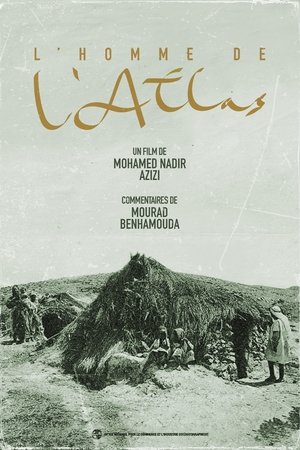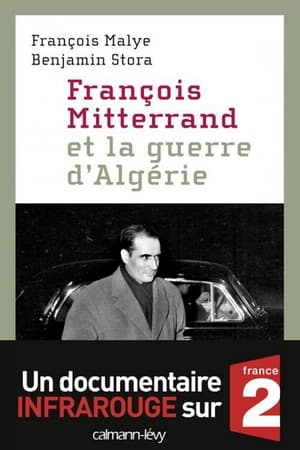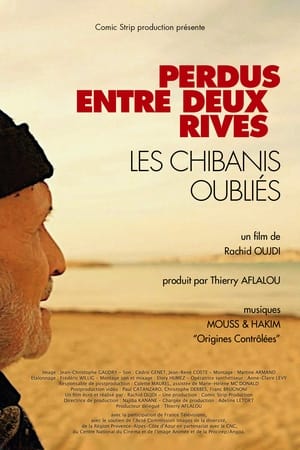

Algérie, la vie toujours(2001)






Movie: Algérie, la vie toujours

Algérie, la vie toujours
HomePage
Overview
Release Date
2001-01-01
Average
10
Rating:
5.0 startsTagline
Genres
Languages:
Keywords
Recommendations Movies
 7.4
7.4Doctor Who: The Next Doctor(en)
The Doctor arrives in Victorian London. It's Christmas, but snow isn't the only thing descending on the tranquil and jubilant civilization, as familiar silver giants from an alternate reality are amassing in numbers. The Cybermen are on the move again, and the only beings who can stop them are the Doctor and... another Doctor?
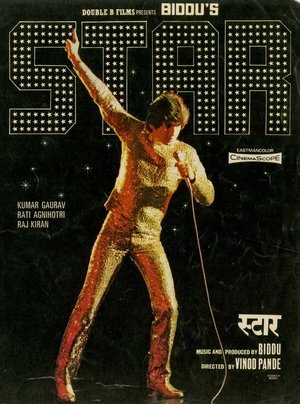 5.8
5.8Star(hi)
Dev Kumar Verma comes from a middle-class family and must find employment to support his dad and mom. Dev, however, has set his mind upon becoming a music sensation like Elvis Presley. He loses his job because of this, and refuses to work until and unless he gets a job to his liking, much to the dismay of his parents and his brother, Shiv Kumar. Dev does get employment at Charlie's Disco, where he meets with Maya and falls in love with her. When Charlie's Disco's competitor, Rana, finds out about Dev, he wants to hire Dev, but Dev decides to continue to work with Charlie's Disco, as a result Dev and Charlie get a beating by Rana's men, and Dev is unable to sing. After recuperating, Dev is devastated to find out that Maya and Shiv Kumar are in love with each other. What impact will this have on Dev and his brother on one hand, and what of his career in music?
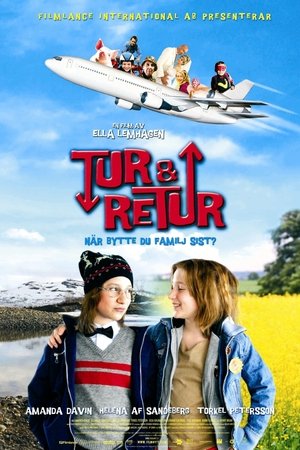 6.3
6.3Round-Trip(sv)
11-year old Julia and Martin are tired of having to flip back and forth between their divorced parents and when they realize how much they look like, they realize to swap places. After meeting at an airport, the each embark on a journey that will change their lives forever.
 4.5
4.5PorNO(it)
Max films his friends having lecherous fun at his own birthday party; unaware of how it will change his life. Just out of high school, by haphazard, he becomes a big porno producer. His father, a principled police major, chases porno makers, not suspecting that one of them lives in his own apartment. Hoodlums and girls from good families, corrupted policemen, petty dealers find themselves in a luring and scary world of porno.
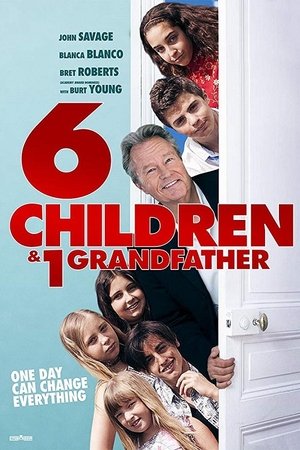 5.7
5.7Six Children and One Grandfather(en)
David McDoll is a selfish and wealthy man living an enviable lifestyle in his large villa and collecting fancy cars. However, his life is about to be changed forever when he inherits his six grandchildren. His glamorous lifestyle quickly becomes complete chaos. But he will learn a valuable lesson that teaches him about placing family first and discovering a newfound appreciation for life.
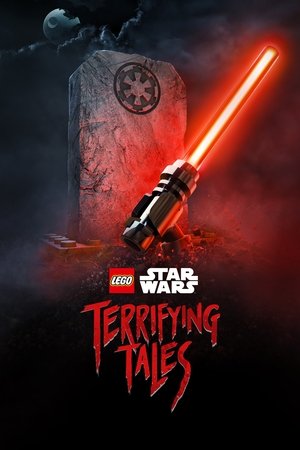 6.9
6.9LEGO Star Wars Terrifying Tales(en)
Poe Dameron and BB-8 must face the greedy crime boss Graballa the Hutt, who has purchased Darth Vader’s castle and is renovating it into the galaxy’s first all-inclusive Sith-inspired luxury hotel.
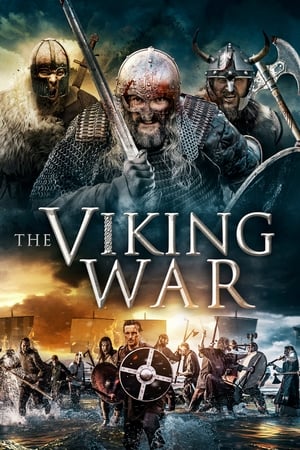 5.1
5.1The Viking War(en)
Ingrid and her siblings are on the run from the Beserkers who have begun invading the villages, taking over, savagely using the residents on a game where they vs a Beserker, and if they win, they get to survive - only, no one ever wins. The siblings are trying to escape the Beserkers after they violently murdered and took over their town. However, the Beserkers are on their trail, and want to put them in the game.
 7.8
7.8Demon Slayer: Kimetsu no Yaiba Mt. Natagumo Arc(ja)
A recap of Kimetsu no Yaiba episodes 15–21, with new footage and special end credits. Tanjiro, now a registered Demon Slayer, teams up with fellow slayers Zenitsu and Inosuke to investigate missing person cases on the mountain Natagumo. After the group is split up during a fight with possessed swordfighters, they slowly begin to realize the entire mountain is being controlled by a family of Demon spider creatures.
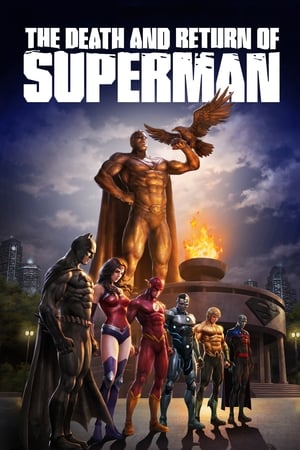 6.7
6.7The Death and Return of Superman(en)
The Death of Superman and Reign of the Supermen now presented as an over two-hour unabridged and seamless animated feature. Witness the no-holds-barred battle between the Justice League and an unstoppable alien force known only as Doomsday, a battle that only Superman can finish and will forever change the face of Metropolis.
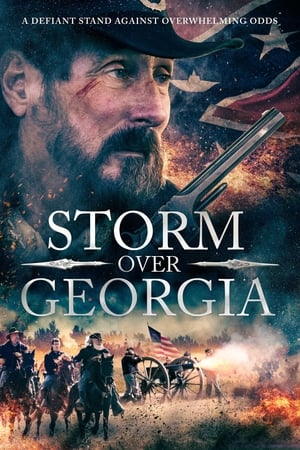 5.7
5.7Storm Over Georgia(en)
In the middle of Sherman's March, in eastern Georgia, Confederate infantry, cavalry, and artillery make a bold stand against the overwhelming numbers of the Union army as it tears across Georgia.
 8.5
8.5Six Hours: Surviving Typhoon Yolanda(en)
In the middle of a broadcast about Typhoon Yolanda's initial impact, reporter Jiggy Manicad was faced with the reality that he no longer had communication with his station. They were, for all intents and purposes, stranded in Tacloban. With little option, and his crew started the six hour walk to Alto, where the closest broadcast antenna was to be found. Letting the world know what was happening to was a priority, but they were driven by the need to let their families and friends know they were all still alive. Along the way, they encountered residents and victims of the massive typhoon, and with each step it became increasingly clear just how devastating this storm was. This was a storm that was going to change lives.
 7.4
7.4Tudo por um Pop Star 2(pt)
Three friends who live in Resende, in the interior of Rio de Janeiro, and plan a trip in Babette's Beetle convertible to celebrate their 15 years of friendship and attend the closing show of the tour of a great pop star, who studied with them as a teenager. and today he is the most famous young singer in Brazil.
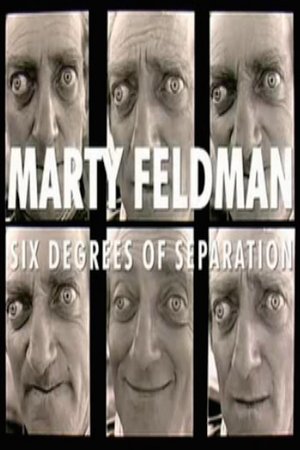 7.8
7.8Marty Feldman: Six Degrees of Separation(en)
A documentary about the legendary and influential comedian, actor and writer, who went out from the BBC to conquer Hollywood, but sadly the system quickly withdrew its support when they couldn't contain his talents. This portrait is spiked with many comments from people who knew Feldman privately or had dealt with him professionally. His early death sadly rendered him all but forgotten by the public. The compilation consists of interviews, some film clips and photos as well as various audio clips from him.
12(en)
After blowing his professional ballet career, John's only way to redeem himself is to concoct the demise of his former partner, Leah, who he blames for his downfall; he rehearses his salvation in his mind in the way that he rehearses a dance, but being able to break from the routine will be the key to his success.
 6.0
6.0Star(fr)
Star is a young graffiti writer, the best in his city, Paris. His reputation attracts him as much into art galleries than in the police precincts. Accused of vandalism, he faces jail. Despite the threat, he decides to go to Rome with his crew in search of the meaning of his art.
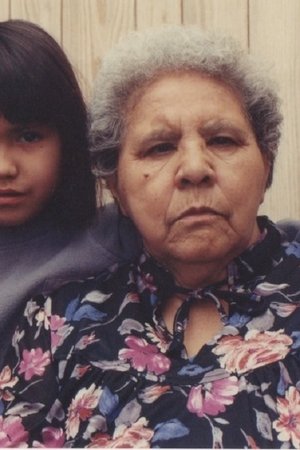 8.0
8.0The Learning Path(en)
Native control of education is explored in THE LEARNING PATH. Director Todd, a Metis, introduces Edmonton elders Ann Anderson, Eva Cardinal, and Olive Dickason, remarkable educators who are working with younger natives. They recount harrowing experiences at reservation schools, memories which fuelled their determination to preserve their language and identities. Using a unique blend of documentary footage, dramatic re-enactments, and archival film, Todd weaves together the life stories of three unsung heroines who are making education relevant in today's native communities.
 5.9
5.9A(ja)
Roughly chronological, from 3/96 to 11/96, with a coda in spring of 1997: inside compounds of Aum Shinrikyo, a Buddhist sect led by Shoko Asahara. (Members confessed to a murderous sarin attack in the Tokyo subway in 1995.) We see what they eat, where they sleep, and how they respond to media scrutiny, on-going trials, the shrinking of their fortunes, and the criticism of society. Central focus is placed on Hiroshi Araki, a young man who finds himself elevated to chief spokesman for Aum after its leaders are arrested. Araki faces extreme hostility from the Japanese public, who find it hard to believe that most followers of the cult had no idea of the attacks and even harder to understand why these followers remain devoted to the religion, if not the violence.
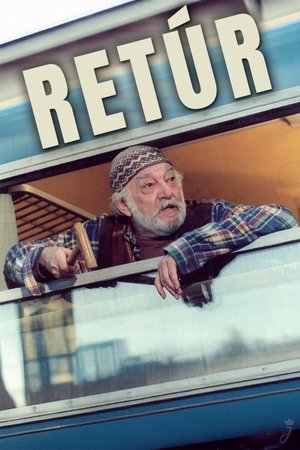 6.9
6.9Return Ticket(hu)
Five old men and a kid are travelling in a train's cabin without purpose. They travel because it's free and they don't have another place to stay. From their conversations we learn the tragedies of their lives. Also the hidden interlockings of their faith will out slowly.
Similar Movies
 6.0
6.0The Panafrican Festival in Algiers(ar)
Festival panafricain d'Alger is a documentary by William Klein of the music and dance festival held 40 years ago in the streets and in venues all across Algiers. Klein follows the preparations, the rehearsals, the concerts… He blends images of interviews made to writers and advocates of the freedom movements with stock images, thus allowing him to touch on such matters as colonialism, neocolonialism, colonial exploitation, the struggles and battles of the revolutionary movements for Independence.
 10.0
10.0Séfar, A City of Mysteries(fr)
Séfar (in Arabic: سيفار) is an ancient city in the heart of the Tassili n'Ajjer mountain range in Algeria, more than 2,400 km south of Algiers and very close to the Libyan border. Séfar is the largest troglodyte city in the world, with several thousand fossilized houses. Very few travelers go there given its geographical remoteness and especially because of the difficulties of access to the site. The site is full of several paintings, some of which date back more than 12,000 years, mostly depicting animals and scenes of hunting or daily life which testify that this hostile place has not always been an inhabited desert. Local superstition suggests that the site is inhabited by djins, no doubt in connection with the strange paintings found on the site.
 10.0
10.0Algérie Tours Détours(fr)
A documentary road movie with René Vautier In the aftermath of Algeria's independence, René Vautier, a militant filmmaker, considered "the dad" of Algerian cinema, set up the cine-pops. We recreate with him the device of itinerant projections and we travel the country in ciné-bus (Algiers, Béjaïa, Tizi Ouzou, Tébessa) to hear the voices of the spectators on the political situation, youth and living conditions of men and Of women today.
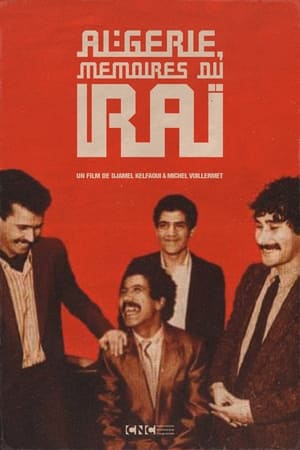 10.0
10.0Algeria, Memoirs of Raï(fr)
In the 1980s, Algeria experienced a tumultuous social context which reached its peak during the riots of October 88. This wave of protest, with youth as its figurehead, echoed the texts of raï singers. Thirst for freedom, misery of life and the aspirations of youth are among the main themes of their works which will inspire an entire generation. More than music, raï celebrates the Arabic language and becomes a vector of Algerian culture, thus providing the cultural weapons of emerging Algerian nationalism With Cheb Khaled, Cheb Mami and Chaba Fadela as leaders of the movement, raï is also a way of telling and reflecting the essence of Algeria in these difficult times. While the threat weighs on artists in Algeria, their exile allows raï to be exported internationally and thus, to bring the colors of Algeria to life throughout the world.
 6.0
6.0Glimpses of Morocco and Algiers(en)
This FitzPatrick Traveltalk short visits the cities of Casablanca, Rabat, and Marrakesh in Morocco, as well as the city of Algiers in Algeria.
 10.0
10.0Algerian Refugees(fr)
Directed by Pierre Clément and Djamel-Eddine Chanderli, produced by the FLN Information Service in 1958, this film is a rare document. Pierre Clément is considered one of the founders of Algerian cinema. In this film he shows images of Algerian refugee camps in Tunisia and their living conditions. A restored DVD version released in 2016, from the 35 mm original donated by Pierre Clément to the Contemporary International Documentation Library (BDIC).
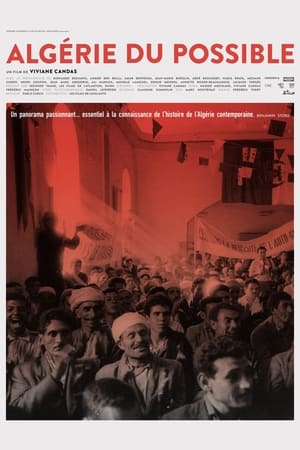 7.5
7.5Algérie du possible(fr)
By meeting his former comrades in combat, the film follows the journey of Yves Mathieu, anti-colonialist in Black Africa then lawyer for the FLN. When Algeria became independent, he drafted the Decrees of March on vacant property and self-management, promulgated in 1963 by Ahmed Ben Bella. Yves Mathieu's life is punctuated by his commitments in an Algeria that was then called "The Lighthouse of the Third World". The director, who is his daughter, returns to the conditions of his death in 1966.
The Uprising(en)
The Uprising shows us the Arab revolutions from the inside. It is a multi- camera, first-person account of that fragile, irreplaceable moment when life ceases to be a prison, and everything becomes possible again.
 10.0
10.0Stay In Algeria(fr)
Algeria, summer 1962, eight hundred thousand French people left their native land in a tragic exodus. But 200,000 of them decided to attempt the adventure of independent Algeria. Over the following decades, political developments would push many of these pieds-noirs into exile towards France. But some never left. Germaine, Adrien, Cécile, Guy, Jean-Paul, Marie-France, Denis and Félix, Algerians of European origin, are among them. Some have Algerian nationality, others do not. Some speak Arabic, others do not. They are the last witnesses to the little-known history of these Europeans who remained out of loyalty to an ideal, a taste for adventure and an unconditional love for a land where they were born, despite all the ups and downs that the free Algeria in full construction had to go through.
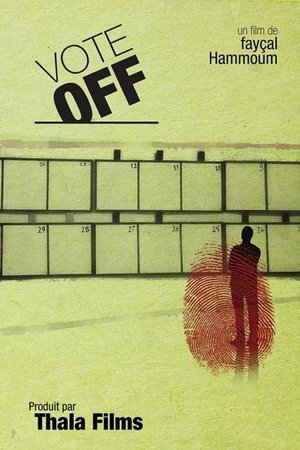 0.0
0.0Vote off(en)
Fayçal Hammoum recounts the 2014 presidential election through non-voting inhabitants of Algiers who, like him, are in their thirties. Be it Bilel, a grocer by default exposed to his customers’ political babbling, or the more politically-charged comments of Younes, a militant FM radio journalist opposed to President Bouteflika’s fourth term, the variety of conversational scenes in no way changes the determination not to vote for an old man who has been invisible for almost two years. The rappers Omar and Brahim are as bereft of hope and voter’s cards as the Tellek webradio DJ, since “the match is fixed”. Moving away from his focus on this subject to film their daily life, the filmmaker draws the portrait of a generation who, as Bilal says with poignant simplicity, “just wants to live
 0.0
0.0Ancient Algiers(ar)
In the heart of the historic Casbah of Algiers, buzzing with life, we follow a day in the life of Mousaab, a passionate Algerian teenager navigating his challenges while his love for his local football club runs deep.
 10.0
10.0Woman of Courage - Louisa Ighilahriz(ar)
The autobiographical account of the tormented life of a witness of the century: Louisa Ighilahriz, activist and leading figure in Algerian independence. A student, she joined the independence struggle at the age of 20, joining the ranks of the FLN on the eve of the Battle of Algiers in late 1956 under the name Lila. She took part in the high school students' strike, then fled into the maquis when she was actively sought after. She was part of the French FLN support network of "suitcase carriers" during the Battle of Algiers. Seriously wounded alongside her network leader, Saïd Bakel, during an ambush in 1957, hospitalized and then imprisoned, she suffered numerous tortures in French prisons. She will be saved from certain death by an anonymous person, she will seek, for forty years, to find him just to show him her gratitude... Emblematic of the painful Franco-Algerian history, Louisa's story is poignant and imbued with humanism.
 10.0
10.0Bouzareah(fr)
Arriving aboard the liner “Ville d’Alger”, young French citizens go to Bouzareah to follow a one-year professional training course at the École Normale. After acquiring the basics of the Arabic language and culture, the future teachers are trained to teach the population the basics of modern agriculture, manual work and hygiene. A study trip concludes the training. The teachers are then sent to the regions of their choice, where they will put their knowledge at the service of the inhabitants.
 8.5
8.5Algeria in Flames(ar)
These are the first images shot in the ALN maquis, camera in hand, at the end of 1956 and in 1957. These war images taken in the Aurès-Nementchas are intended to be the basis of a dialogue between French and Algerians for peace in Algeria, by demonstrating the existence of an armed organization close to the people. Three versions of Algeria in Flames are produced: French, German and Arabic. From the end of the editing, the film circulates without any cuts throughout the world, except in France where the first screening takes place in the occupied Sorbonne in 1968. Certain images of the film have circulated and are found in films, in particular Algerian films. Because of the excitement caused by this film, he was forced to go into hiding for 25 months. After the declaration of independence, he founded the first Algerian Audiovisual Center.


